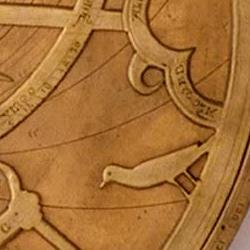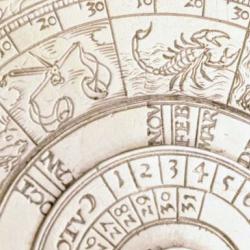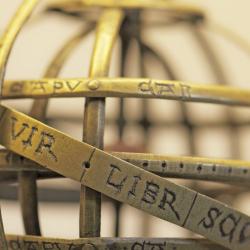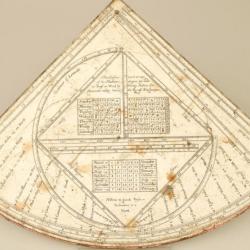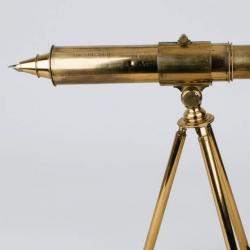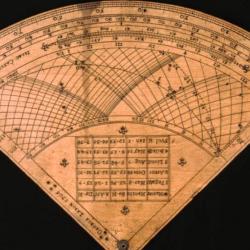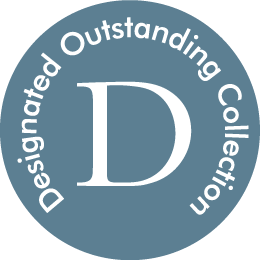Astronomers have always needed instruments, and so there is a vast "material culture" associated with the study of the heavens. Our collection includes telescopes, charts, planetaria, orreries, celestial globes, and many other objects. We also have a small collection of images of astronomers, including a 16th-century miniature portrait of Nicholas Kratzer, astronomer to King Henry VIII.
Below, you will find a selection of articles about instruments used for studying astronomy, illustrated with examples from the Whipple's collections.


